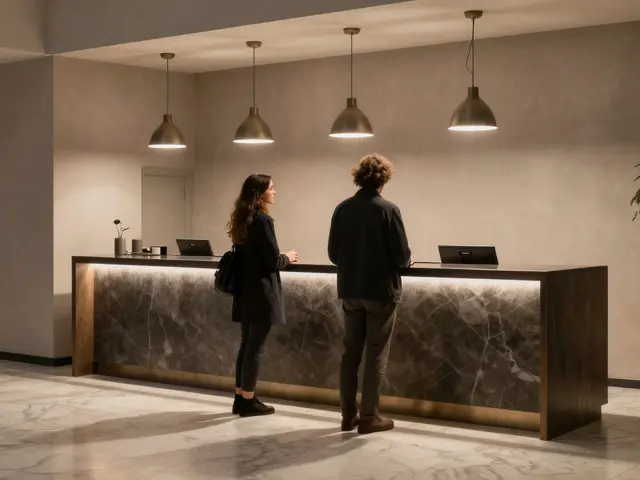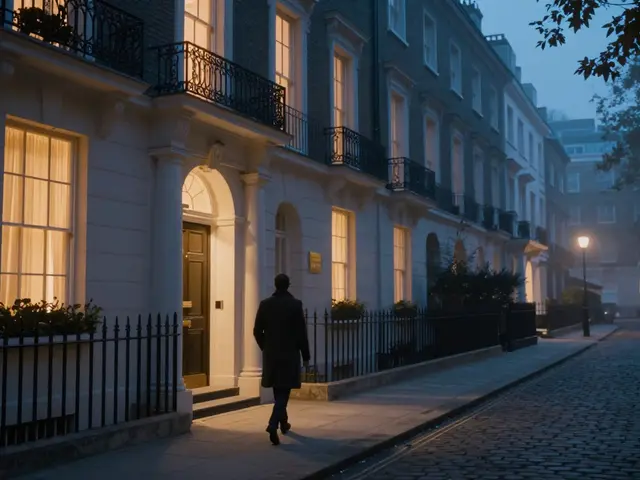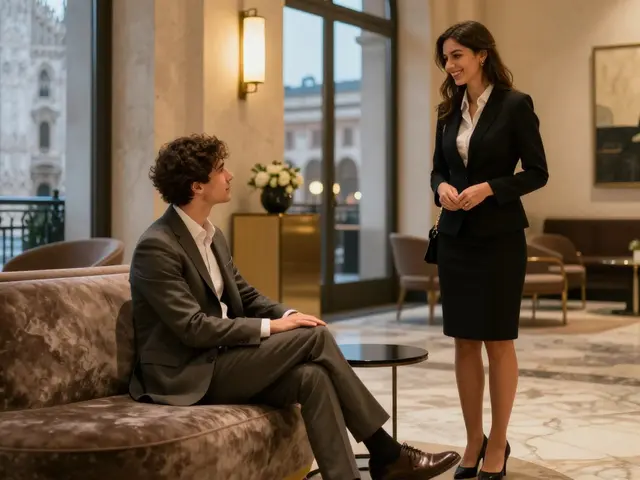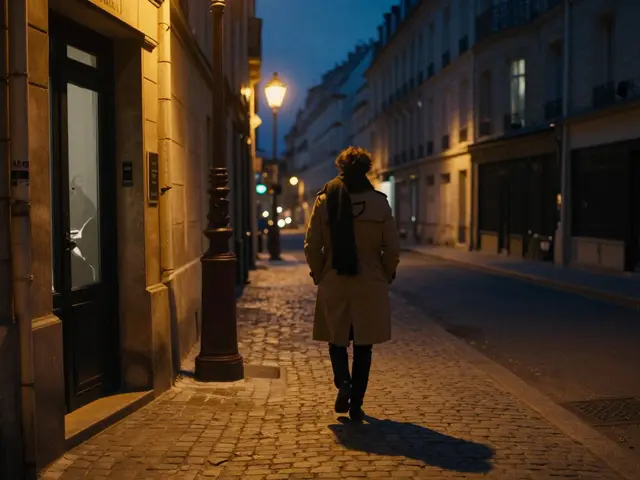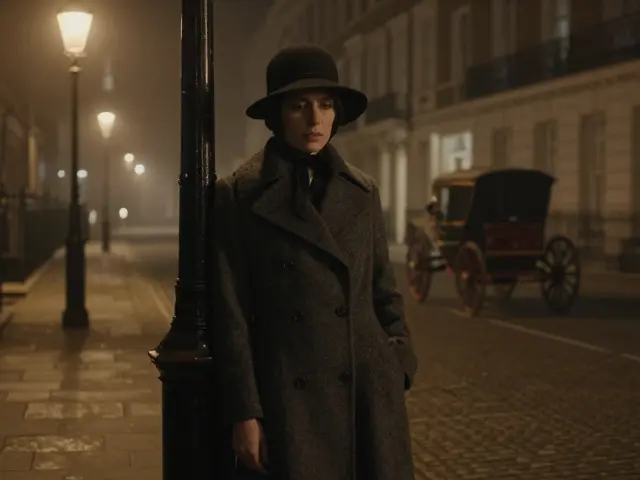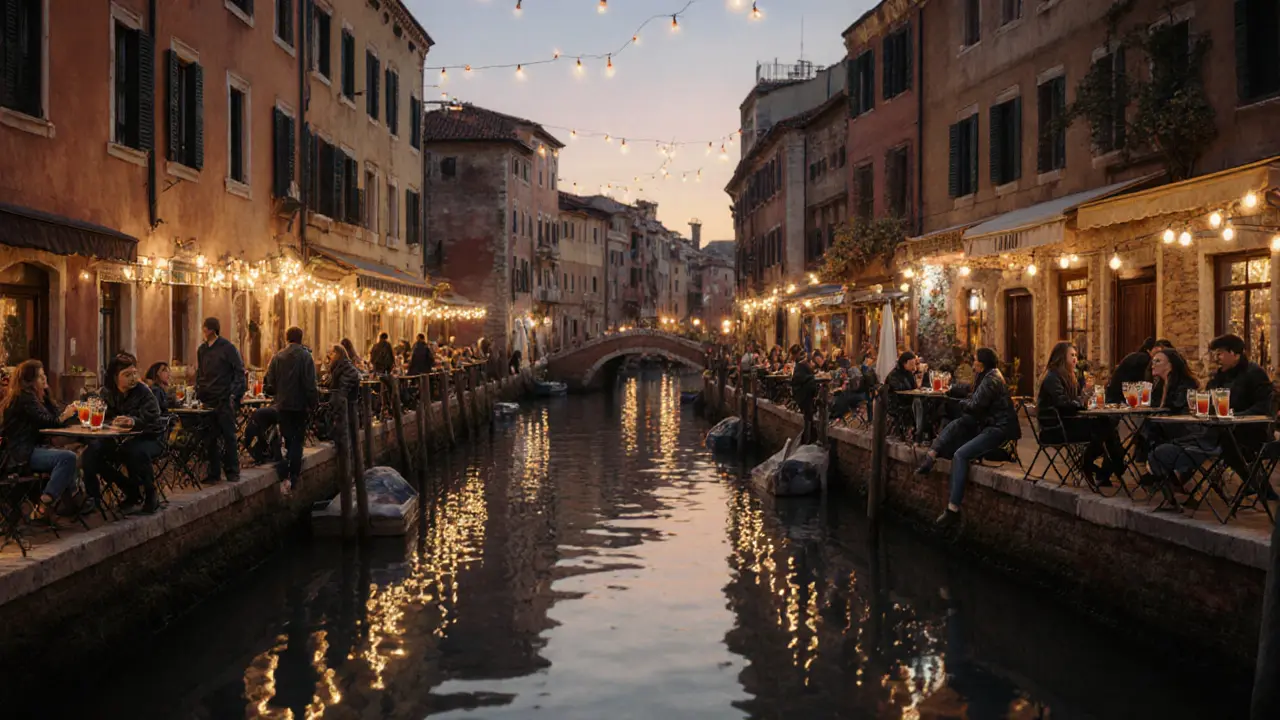
Milan doesn’t sleep when the sun goes down. While it’s known for fashion, design, and fine dining, the city’s nightlife is just as sharp, stylish, and surprisingly diverse. You won’t find just one scene here-you’ll find underground jazz lounges, rooftop cocktail bars with skyline views, pulsing techno clubs in converted warehouses, and wine bars where locals sip Negronis until dawn. If you’re looking to party like a Milanese, you need to know where to go, when to show up, and what to expect. This guide cuts through the noise and shows you exactly where to drink, dance, and feel the rhythm of the city after dark.
Start with the Navigli District
The Navigli canals are Milan’s most picturesque spot by day, but at night they become a living party corridor. The area around Canale Grande and Canale Pavese is lined with terraces, craft beer pubs, and wine bars that spill onto the water’s edge. This is where locals unwind after work-no tourists in neon tank tops, just people in dark jeans and leather jackets sipping Aperol spritzes as the sun sets.
Try Bar Basso, the birthplace of the Negroni Sbagliato. It’s not flashy, but the vibe is authentic. Order the drink that started it all: gin, Campari, and a splash of sparkling wine. The bartenders here have been making it the same way since 1943. If you’re not in the mood for cocktails, head to La Baita for local wines by the glass and small plates of cured meats. The crowd here is mixed-students, artists, older Milanese who’ve been coming for decades.
As midnight hits, the energy shifts. Walk a few blocks to Bar San Vito or Il Gatto Nero for live jazz and soul music. These aren’t clubs-they’re intimate spaces with dim lighting, vinyl records spinning, and no cover charge. If you’re looking for something quieter but still full of character, this is your spot.
Head to Brera for Sophisticated Sipping
Brera is Milan’s bohemian heart. Narrow cobblestone streets, art galleries, and bookshops give way to sleek cocktail bars that feel like secret hideouts. This is where you go if you want to sip something creative, not just drink.
Officine 81 is a must. Hidden behind a nondescript door near Piazza San Fedele, it’s a speakeasy-style bar with a menu that changes monthly based on seasonal ingredients. Their “Milanese Sunset”-a blend of local grappa, blood orange, and rosemary-is unlike anything you’ll find elsewhere. Reservations are recommended; they only seat 25 people.
For something more casual but still elevated, try Bar Basso’s sister bar, Bar del Fico. It’s less formal, with a focus on natural wines and small plates like truffle arancini and aged Parmigiano. The crowd here is younger-designers, photographers, fashion interns-but the quality never drops.
Don’t miss La Storia, a tiny wine bar with only six tables. The owner, Marco, knows every vineyard in Lombardy and will pour you a glass of something rare-maybe a crisp Franciacorta or a bold Oltrepò Pavese red. He won’t push you to order more. He’ll just ask, “Do you like earthy flavors?” and serve you something that tastes like the soil it came from.
Clubbing in Milan: Where the Real Night Begins
Milan’s club scene doesn’t start until 1 a.m. and doesn’t end until 6 a.m. If you show up at midnight, you’ll be the only one there. The real party begins when the city’s elite arrives.
La Scala Club is the most legendary. It’s tucked into a former opera house rehearsal space under the Teatro alla Scala. The music is deep house and techno, played by international DJs who’ve spun at Berghain or Output. The crowd is stylish, quiet, and intense. No flashing lights, no loud music before 2 a.m.-just a dark room, a booming bassline, and people dancing like no one’s watching. Cover is €15 after midnight, but you’ll need to dress well. No sneakers, no hoodies. Think tailored coats, leather boots, minimalist jewelry.
For something more experimental, try Magazzini Generali in the Porta Venezia district. It’s a multi-level warehouse space with different rooms: one for techno, one for disco revival, one for live electronic sets. The vibe is raw, industrial, and unpretentious. You’ll find students, DJs, and older collectors who’ve been coming since the 90s. Entry is €10, and they serve cheap beer from taps. It’s the kind of place where you’ll meet someone who’s been traveling the world for a decade just to find the next underground sound.
If you want to dance to pop, hip-hop, and Italian hits, head to Capo d’Africa in the Isola neighborhood. It’s loud, colorful, and packed. The music is curated by local DJs who blend Afrobeat, reggaeton, and classic Italian pop. It’s not fancy, but it’s fun. The crowd is young, diverse, and full of energy. This is where you’ll hear “Balla” by Jovanotti blasting at 3 a.m. and everyone singing along.
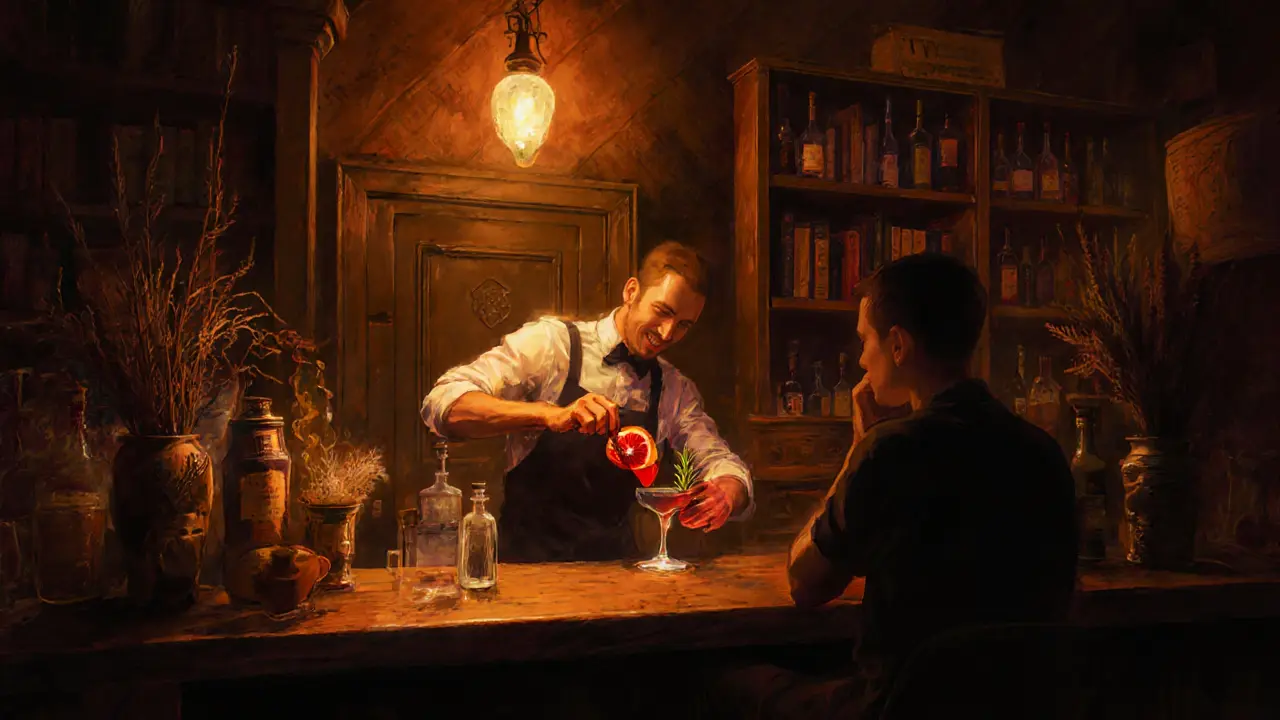
Where to Find Late-Night Eats
After hours, you’ll need food. Milan’s clubs don’t serve snacks. But the city has a secret: late-night trattorias that open until 5 a.m.
Trattoria Milanese on Via dei Mille is open until 5 a.m. on weekends. Their risotto alla Milanese is creamy, saffron-rich, and served with a side of garlic bread. It’s the kind of dish that fixes everything after three hours of dancing.
Antica Trattoria della Pesa in the Brera area stays open until 4 a.m. and serves giant plates of ossobuco and fried zucchini flowers. It’s not a tourist trap-it’s where chefs from nearby restaurants come to eat after their shifts.
For something quick, grab a panzerotto from Panzerotto Napoli on Via Solferino. It’s a fried dough pocket stuffed with mozzarella and tomato sauce. It’s messy, greasy, and perfect.
What to Know Before You Go
- Most clubs don’t let you in before 1 a.m. Show up earlier and you’ll be turned away.
- Dress code matters. Even in casual spots like Capo d’Africa, avoid flip-flops and athletic wear. Milanese style is clean, dark, and intentional.
- Many bars and clubs don’t take cash. Bring a card.
- Public transport stops at 1 a.m. on weekdays and 2 a.m. on weekends. Uber and Bolt work fine, but expect surge pricing after 3 a.m.
- Don’t expect English to be widely spoken in smaller bars. Learn a few Italian phrases: “Un bicchiere di vino, per favore,” “Quanto costa?”
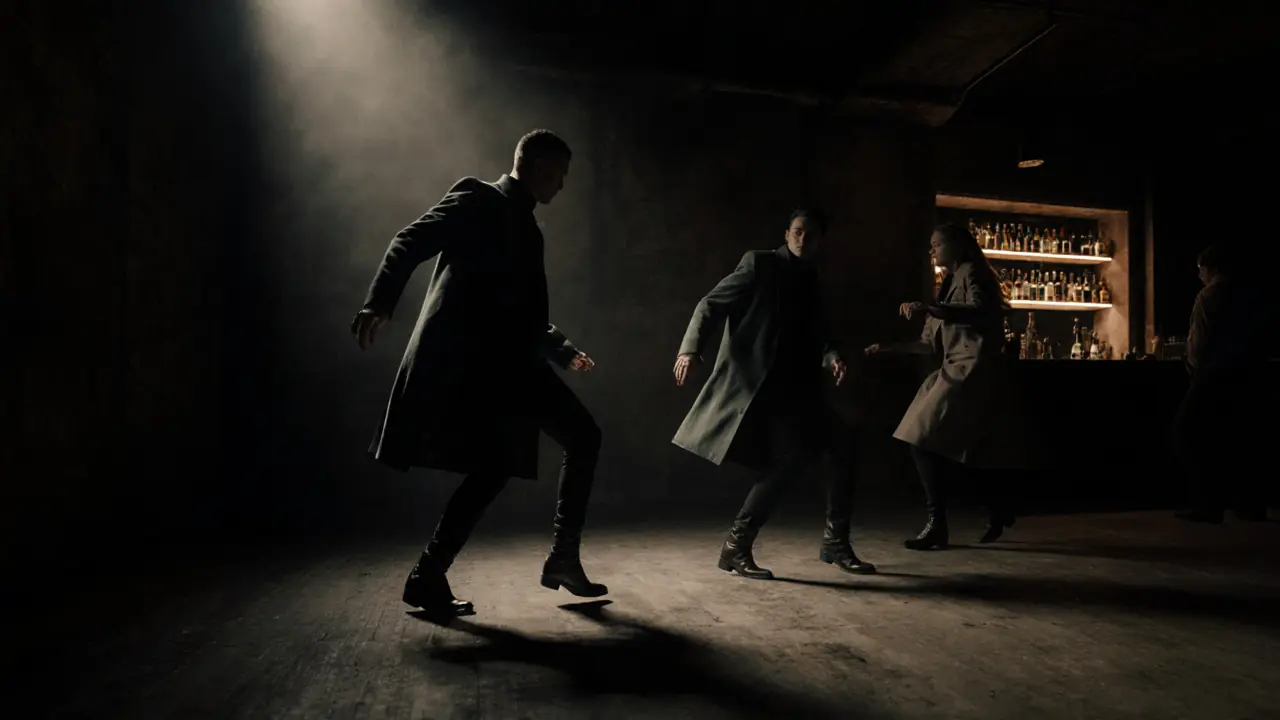
Seasonal Picks: When to Visit
Summer (June-August) is when Milan’s outdoor scene explodes. Terraces along the Navigli turn into open-air dance floors. The Brera Jazz Festival runs through July, with free concerts under the stars.
Winter (November-February) is quieter, but that’s when the best clubs thrive. The crowds are smaller, the music is deeper, and the atmosphere is more intimate. December brings Christmas Markets with mulled wine and live acoustic sets-perfect for a slow night out.
Spring and fall are ideal for bar-hopping. The weather is mild, the terraces are open, and the city feels alive without being overwhelming.
What Not to Do
- Don’t go to the Duomo area for nightlife. It’s for tourists, not locals.
- Don’t expect to find American-style bars with big TVs and sports on. Milan doesn’t care about football on a screen.
- Don’t assume all clubs are expensive. Some of the best spots charge under €10.
- Don’t take photos of people dancing without asking. It’s considered rude.
Milan’s nightlife isn’t about flashing lights or loud music. It’s about the rhythm of the city-how it slows down in Brera, pulses in Isola, and disappears into the shadows of La Scala Club. You don’t just go out here. You become part of the scene. And if you do it right, you’ll leave at 6 a.m. tired, happy, and already planning your next night out.
What time do clubs in Milan usually open?
Most clubs in Milan don’t open until 1 a.m., and the real crowd doesn’t arrive until 2 a.m. or later. If you show up at midnight, you’ll likely be the only one there. The energy builds slowly-dancing doesn’t start until the music gets deeper and the room fills with locals.
Is there a dress code for Milan nightclubs?
Yes, and it’s strict in the better venues. At clubs like La Scala Club, no sneakers, hoodies, or shorts are allowed. Think dark jeans, tailored jackets, leather boots, and minimal accessories. Even at more casual spots like Capo d’Africa, flip-flops and athletic wear will get you turned away. Milanese style is understated but intentional-dress like you mean it.
Are there any free nightlife options in Milan?
Absolutely. The Navigli district has plenty of free live music nights on weekends, especially in smaller jazz bars like Bar San Vito. The Brera Jazz Festival in July offers free outdoor concerts. Many wine bars in Brera and Isola have happy hours from 6-8 p.m. with discounted drinks. You don’t need to spend money to experience Milan’s best nightlife-you just need to know where to look.
Can I get by with English in Milan’s nightlife spots?
In tourist-heavy areas like the Duomo or major clubs, yes. But in smaller bars, local joints, and hidden speakeasies, English is rare. Learn basic phrases like “Un bicchiere di vino, per favore” (a glass of wine, please) or “Quanto costa?” (how much?). Italians appreciate the effort, and it opens doors you won’t find with just a smile.
What’s the best way to get home after clubbing?
Public transport stops at 1 a.m. on weekdays and 2 a.m. on weekends. After that, your best bet is Uber or Bolt. Taxis are available but expensive. Walking is fine in central areas like Brera or Navigli, but avoid isolated streets after 3 a.m. Always check the app before heading out-surge pricing hits hard between 3 and 5 a.m.

